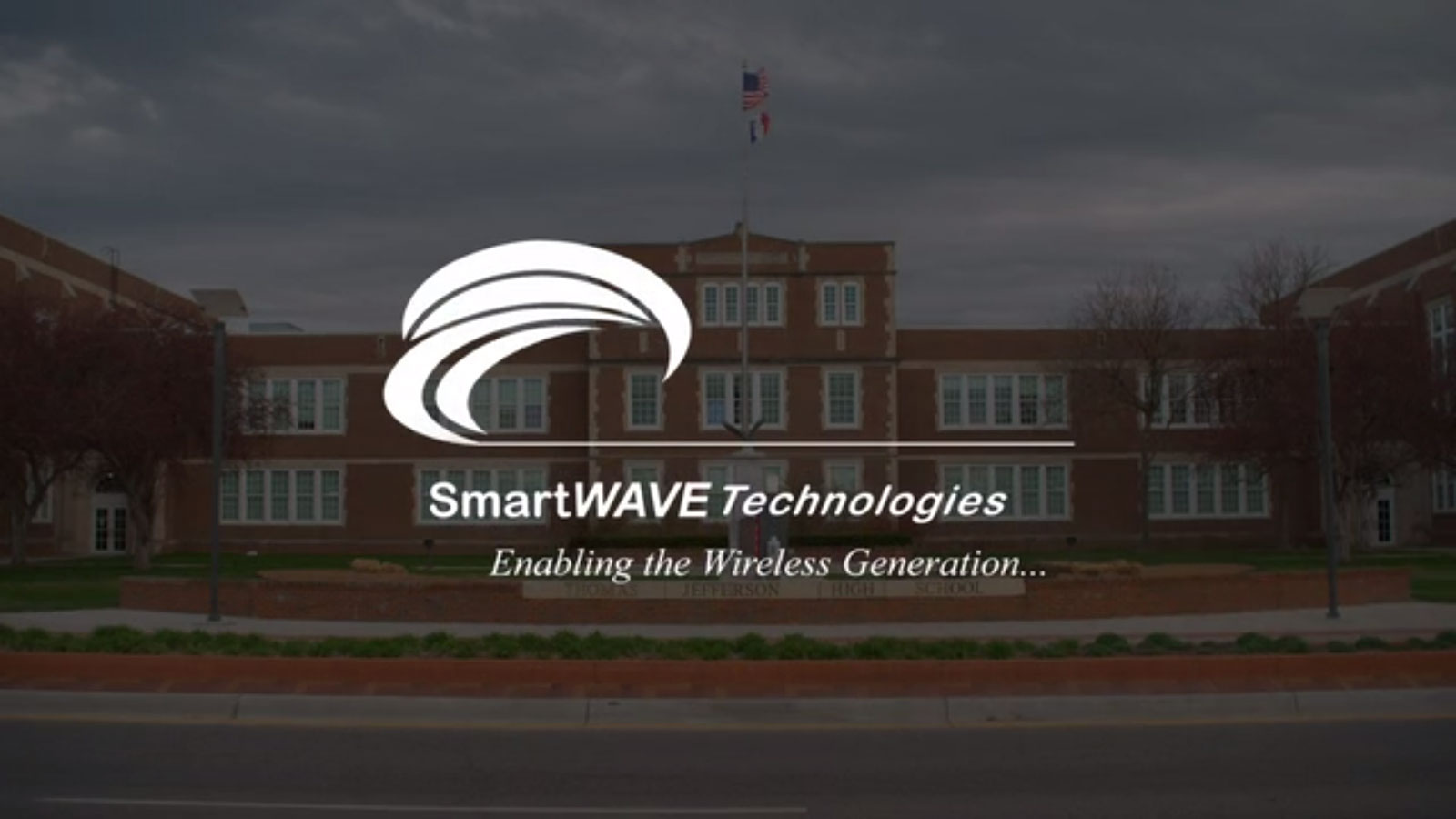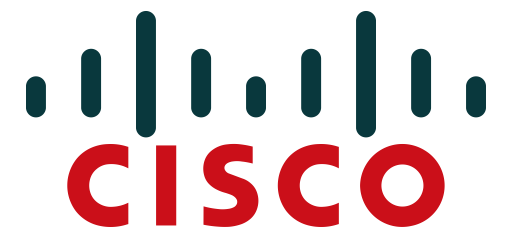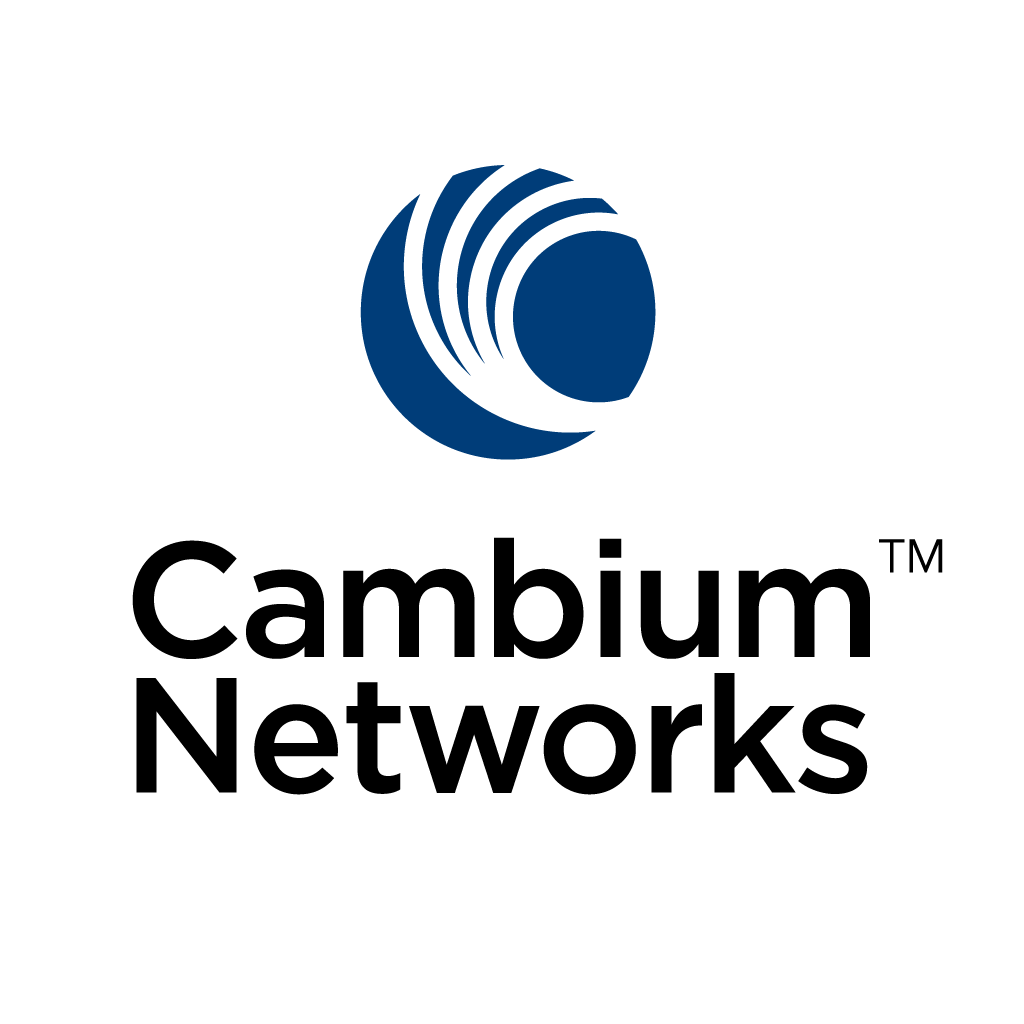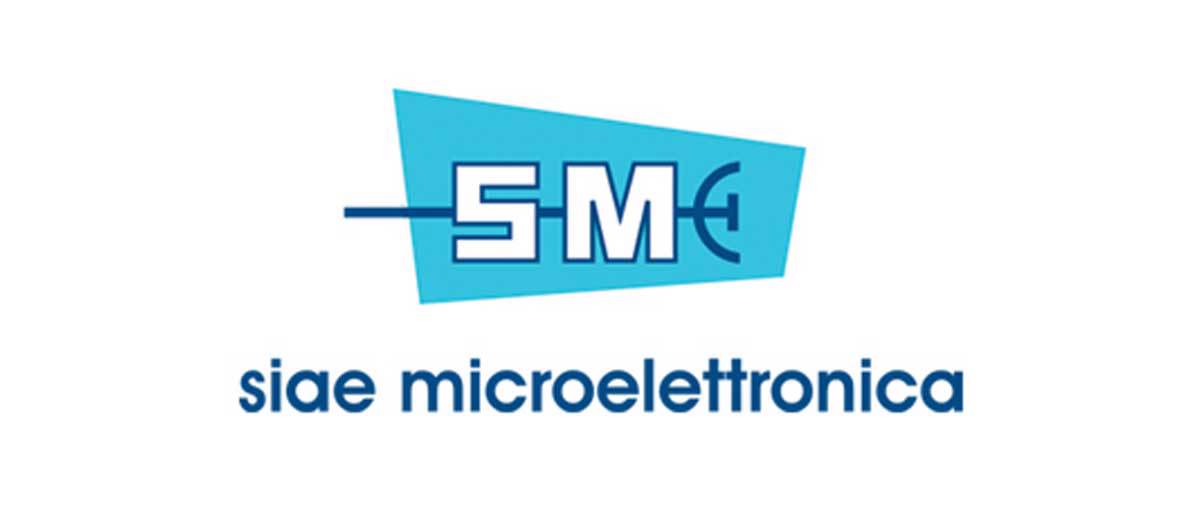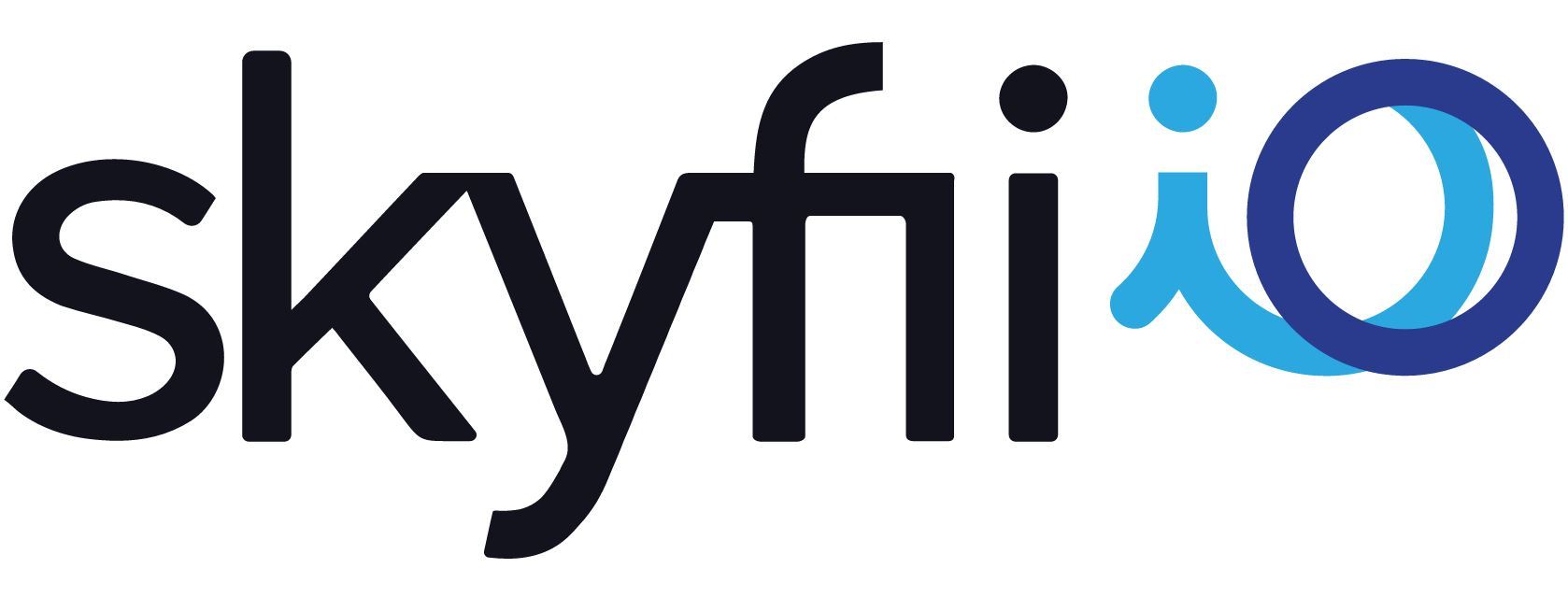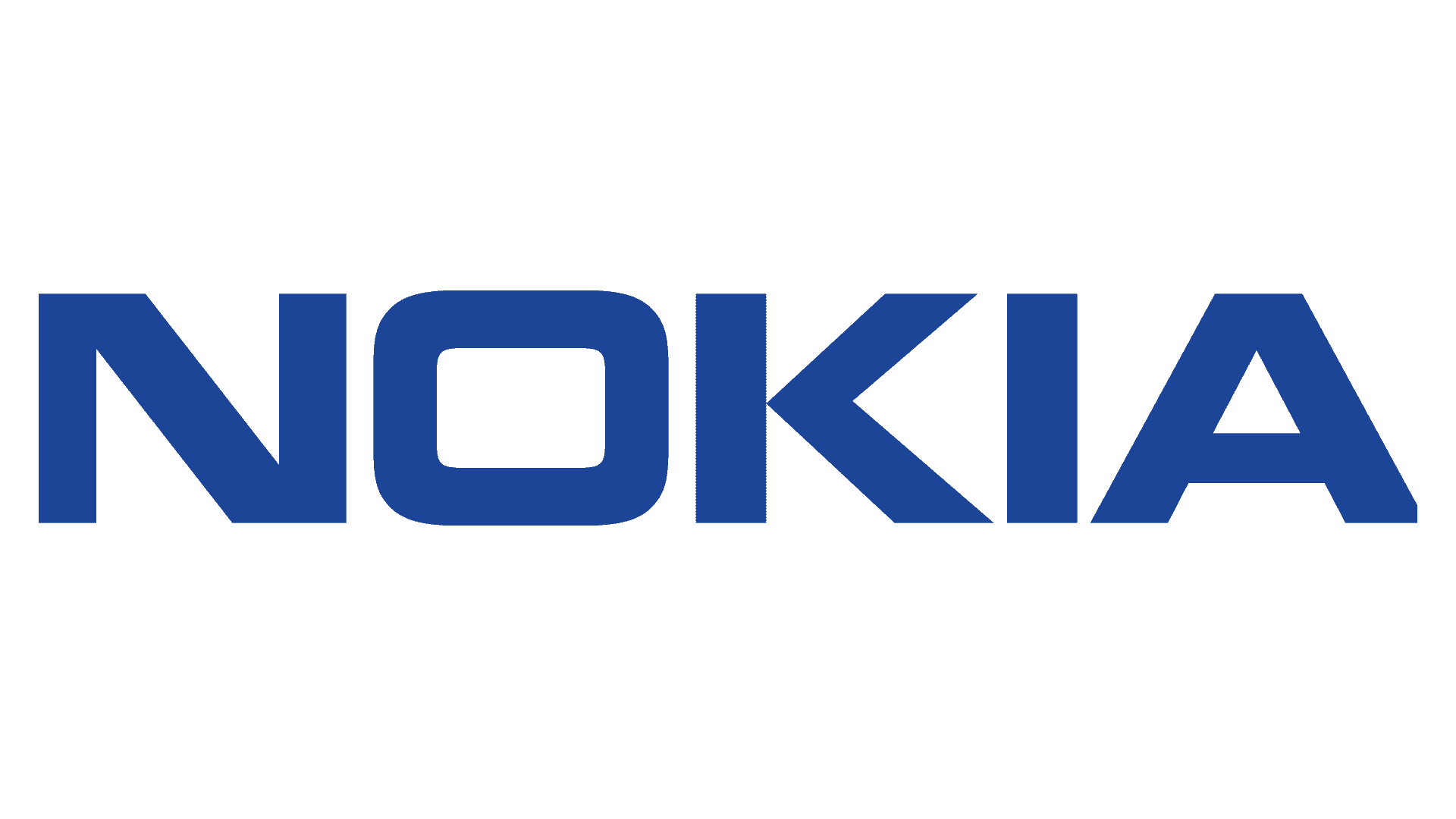On weekday mornings at 4:00am, students in Council Bluffs Iowa, could be seen huddling in the shadows outside of Thomas Jefferson High School – not to get in trouble, but to complete their homework.
A community of roughly 60,000 on the banks of the Missouri River, Council Bluffs was a bustling hub for the United States railway system. It is now home to Google’s Southlands data center, one of the company’s largest facilities. And in 2012, Council Bluffs Community Schools became one of the first districts in the nation to launch a one-to-one initiative, placing a Chromebook in the hands of each of their students.
These students had a world of information just beyond their fingertips, but many lacked the ability to access it. Without wireless connectivity in their homes, they resorted to leeching off the school’s Wi-Fi to use the laptops they’d been given.
“If you look at the digital divide, in a number of our large urban environments, it’s not an accessibility problem of broadband. It’s an affordability problem of broadband,” said Al Brown, President and CEO of SmartWAVE Technologies.
So in the spring of 2014, the district approved a strategy to improve both the accessibility and affordability of wireless internet for all students. The district partnered with the City of Council Bluffs to establish a consortium of local and national organizations focused on funding and building the project- including Google, Iowa West Foundation, Mid-American Energy, Ruckus Wireless, and SmartWAVE Technologies.
“It was super important for us that no matter where you live in the district, you have access to the internet,” said Dr. Vickie Murillo, Superintendent of Council Bluffs Community School District. “We know that when every student has that access, then it’s a level playing field. And that’s really what equity is all about.

